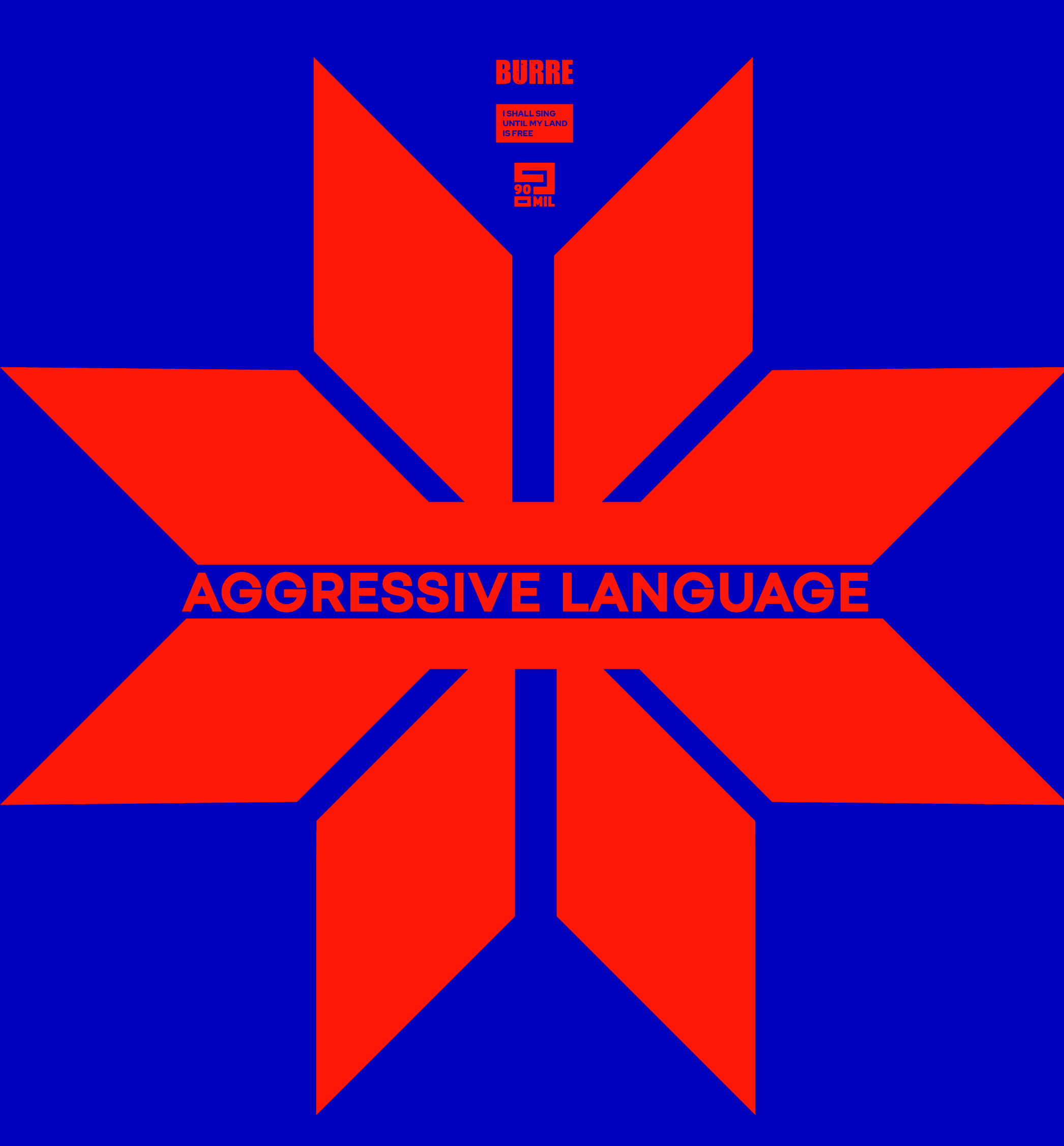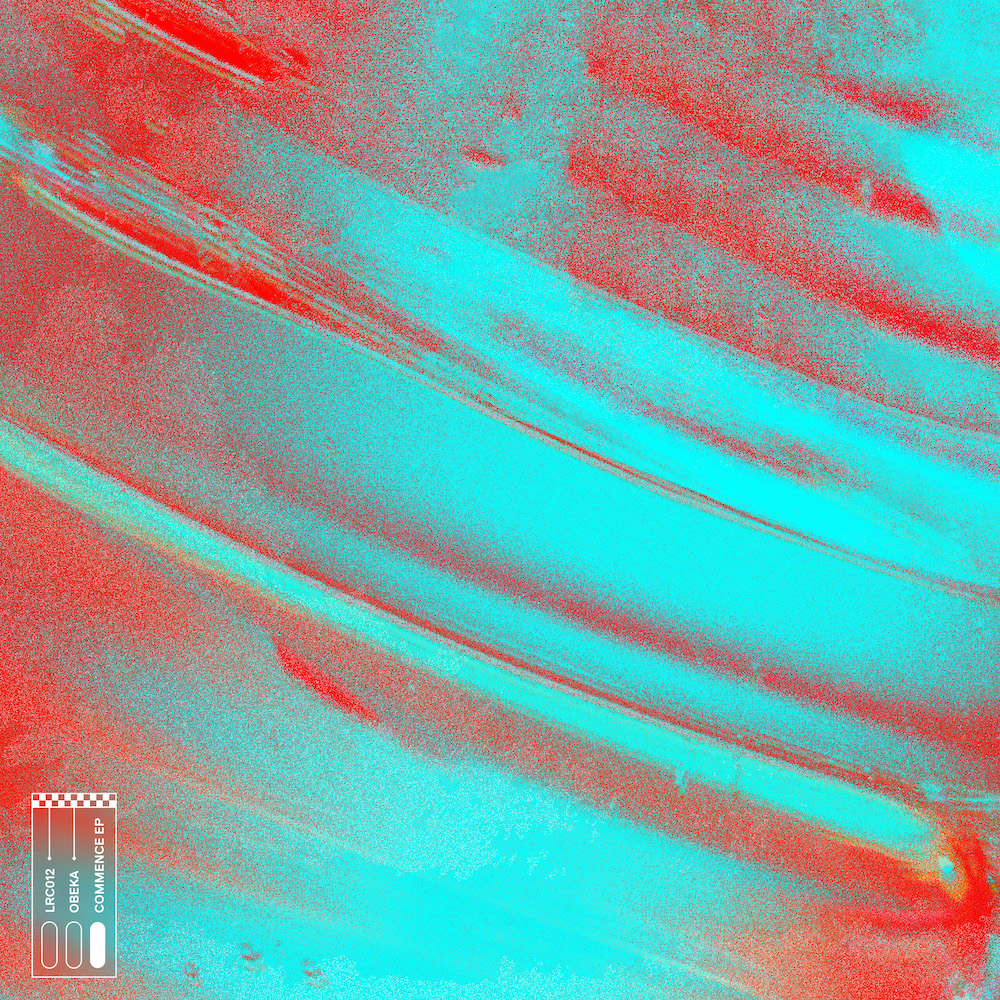Gone To A Rave: Techno Rave – Speedy J Ruling In ’91

In the early 90s Dutch pioneer Speedy J created a series of Detroit-via-Rotterdam releases that were part of a wave of Euro techno flooding into the UK that shifted the focus from American house imports to harder European rave. Hitting a peak around 1991, Speedy put out a run of classic tracks and remixes that had a sizeable influence on UK hardcore – all without ever creating any tracks that a purist would actually describe as hardcore. So much of this period still sounds amazing today, and seems more than worthy of a GTAR retrospective so let’s get into it…
As with so many UK producers, Speedy came to techno through hip hop. He’s first heard on record as a DJ, aged 19 and dropping scratches on both serious proto rave and novelty shite. Glossing over his appearance as the DJ on Grandmaster Chicken and DJ Duck’s timeless, Birdie Song sampling classic, Check Out the Chicken, his best early work was with Grey House, an outfit who created a couple of early acid and new beat classics in Move Your Assit and New Beats the House. As a side note, it’s always interesting to see artists who, whether by fluke or some premonition, managed to use titles that retrospectively become definitive. Grey House are so on it with their track titles (squeezing in both a version of ‘acid’ and a ‘new beat’) they could be a pastiche of ’89 rave made by an art student now- even their original artwork is an iconic fluro smiley face.
Whilst Speedy’s contribution to these tracks may not be the essential part of either record, he was clearly steeped in a scene that was embracing a rapidly evolving dance culture, and was soon feeding it productions of his own. By 1990 he was producing as well, and as he recounted to XLR8R, he was running a techno radio show from Holland, and, undeterred by his almost non-existent audience, managed to secure a deal with Richie Hawtin and John Acquaviva’s then essential Plus 8 Records by sheer enthusiasm –
I was basically producing music in my bedroom— there were only a handful of people doing it in Holland at the time. I was working with some friends on a radio show between four and eight in the morning when nobody was listening—but we played the music anyway. We used to go on the telephone during those transmissions and call up labels that we liked, because it was mid-afternoon in the United States when we were on air due to the time difference. One day we called John Acquaviva, and he was so shocked that people from Holland had called him and that his label’s music had spread that far. Following the conversation, I sent over some cassette tapes by mail—and he called me back telling me that Plus 8 wanted to do at least three singles from the collection of 50 tracks that I sent.
The first EP this link up produced was 1990’s appropriately titled Intercontinental. The lead track off this, Wicked Saw is slathered in toothy Reese-esque bassline designed to fill all frequencies to head shredding effect. This is combined with Dr Who ready outer space melodies, Video Crash style stabs and impeccably programmed 909 hi hats – it’s a trip that showcases a clarity of mixdown rare for the time. However it’s the second track on the EP that still sounds most exciting. Titled, quite precisely, Minimal, the tune is built from the sparsest of parts; just a kick drum, a Roland tom drum and some sharp percussion rolling round and around, all of it slightly over driven. Nothing else. It’s a perfect example of doing a lot with a little, and will bang forever. On the flip, Spectrum is the winner, with deep bleep action showing Speedy’s grasp of Detroit future jazz – this comfortably sits alongside UR releases of the day.
Speedy’s breakthrough came with the track Pullover. I’m unsure of the time line, but it appears to have first appeared as a B side of the Dutch released Face the Future EP in ‘91. The track was then left off the Plus 8 release Evolution, which featured the 3 other more ‘intelligent’ tracks from Face the Future–this was because, as Speedy told Resident Advisor in 2010, Pullover was never meant to be a hit at all –
"I was listening to things like Armando and Mike Dunn and Steve Pointdexter at the time, and I just wanted to do a tool basically, something that you could mix into another record and have going for like two minutes and then go on—something like a break or an interlude. But people took it as a song and apparently it was really catchy. People could sing along with it, and it blew up beyond proportion…Looking back, it opened a lot of doors for me, but if I had had the choice of which track would become the big track that everybody loved, 'Pullover' would not have been that one because it just didn't represent what I was doing at the time."
The big stooopid Pullover monster went on to develop a life of its own, eventually becoming a milestone in Dutch rave culture. It’s built from the slightly comic, hammering rave klaxon vibe that was endemic of the time, with the music distilled to a series of essential elements; a distorted kick drum smashing along while a single synth plays an insanely catchy riff. Apparently the distortion is down to a genuine fuck up – the track was recorded without Dolby sound, then played back with Dolby in a way that screwed with the sound. Speedy, from the same RA interview; “By the time that record came out, I thought it was horrible. And before I knew it everyone was playing it, saying how good it was.”
I think you can argue that Pullover played its part in laying the foundations for later big room hardcore tunes such as Edge #1, and even further down the line, the big riff ‘00s electro-techno the likes of Roman Flugel and Alter Ego were bashing out in the early blog house days.To give a sense of the sheer cultural clout Pullover has in Holland, here’s 50,000 Feyenoord fans going absolutely batshit to the track in 2013:
For UK fans, however, another 1991 EP from Speedy is the high point of this fertile period; Rise. Of the four tracks on Rise, three are absolute belters. The title track is a string heavy techno jam with complex melodic progressions – the arpeggiating chords seem to be reaching forward, striving to find a new musical form. As with other Speedy tracks, it’s deeply indebted to the consciously intelligent techno of Detroit, working to please both mind and body. It was a staple in Fabio and Grooverider sets, and you can hear them dropping it on this Kiss show from 1992 around the 1 hour 36 minute mark (and wrongly attributing it as Something For Your Mind) – the whole show is great and well worth a listen.
But the real gem is De-Orbit, buried away as the last track on the B-side. A deeply melodic, slow-paced breakbeat cut, De-Orbit was repurposed by UK DJs into a rave monster. With typical disregard to the correct way of doing things, DJs – notably LTJ Bukem, although he was by no means the only one- started pitching De-Orbit up to 45, pulling it up to a hectic rave speed that enabled it to be mixed with the increasing tempos of hardcore. There are still countless videos on Youtube of the track played at 45, and it sounds amazing at either tempo, a piece of sunrise rave solace with timeless appeal.
As with Pullover, not everything Speedy did at this time was such a cerebral effort. There’s a fair leap from De-Orbit to a remix like the Phenomania – Who Is Elvis (+9 Mix). On this Speedy goes full, relentless nosebleed, with claps hitting on every kick for that jackboot stomp and ridiculously over the top Dominator style hoover action. I can just about forgive the cheesy-in-a-bad-way Blue Suede Shoes sample, but only because the too-loud synth line that drops 3 minutes in is so remorseless in its violence. Dumb and fun.
There’s just time for a couple of the remixes from this golden period – a trawl through Youtube has turned up some footage of the Dutch rave scene that Speedy was part of in 1991 – according to one Youtube account, this outdoor rave was the inspiration for the Dutch Department of Techno release Starwood Party, a 12” that gathered together the names of the scene and included an excellent remix from Speedy J himself, a fusion of acid funk and joyous synth lines – here’s the party and the track side by side, it’s almost worth watching the rave with the sound turned down and the Starwood Party remix running underneath.
And finally Love Quest – written by Exposure and remixed by Speedy J- is a jacking acid winner, mixing Speedy’s strange sense of android melody with an angular 303 line to great effect. Deeper than his more rave-y work, Love Quest remains a signpost to the future, heavy with mystery but still ready for the dancefloor. The intricate melodic progressions feel like a signpost to his later ambient work – but here teamed with the thud and tick of a 909 it’s just part of a year of techno perfection.
Speedy J will play at E1 in London on the 24th of February, more details HERE.





















